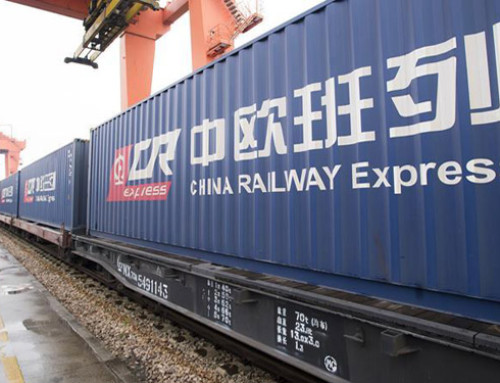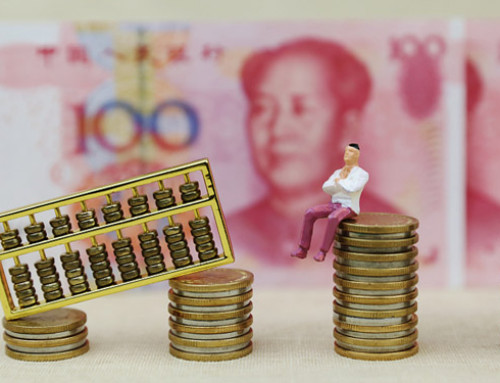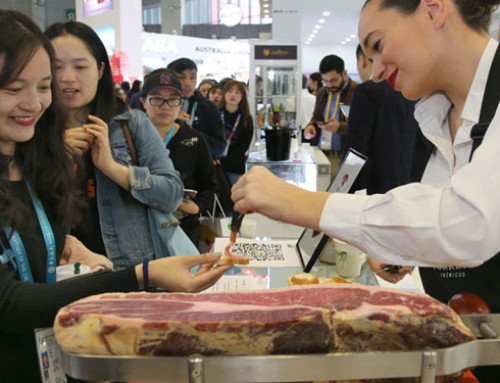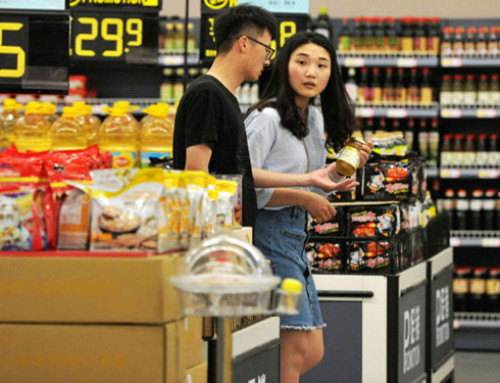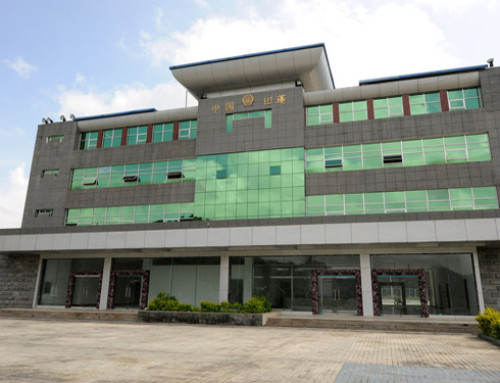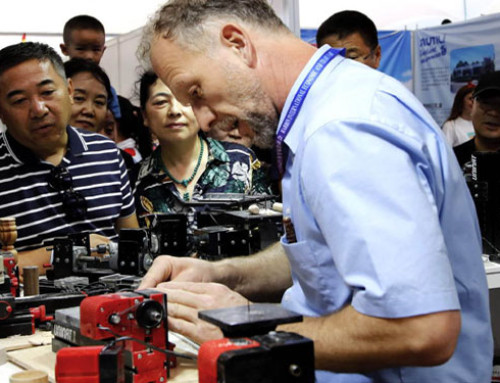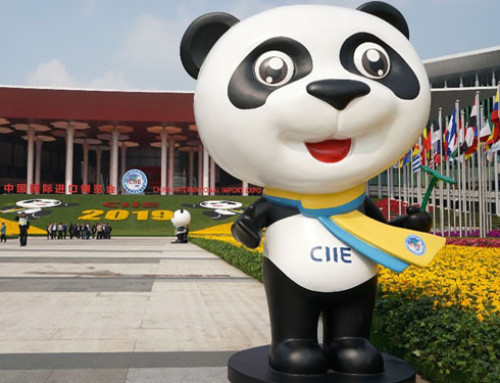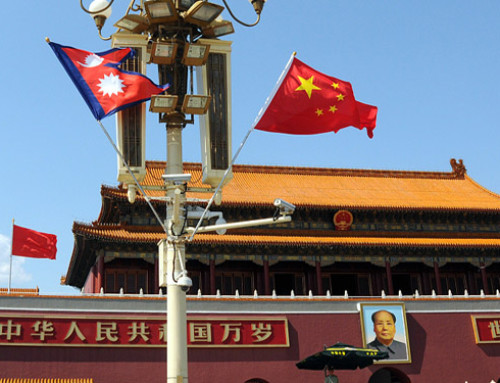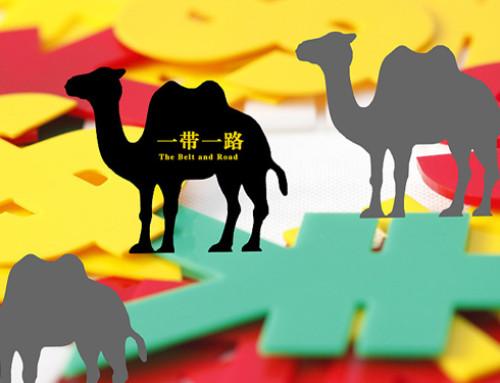Kunming – The representative of the ongoing South and Southeast Asia Commodity Expo (SSACEIF) said that SSACEIF brings more opportunities to China, South Asia and Southeast Asian countries.
The fair opened on Wednesday in Kunming, the capital of Yunnan Province, which is the country’s main gateway to Southeast Asia and South Asia, highlighting China’s close ties with the region and promoting the Belt and Road (BRI).
The exhibition has six main exhibition areas, 17 pavilions and 7,500 standard booths, attracting exhibitors from 74 countries, regions and international organizations. A total of 3,348 domestic and foreign companies participated in the fair.
The main guest country of South and Southeast Asia Commodity Expo this year is Cambodia. In recent years, Cambodia and Yunnan Province have cooperated closely in various aspects such as health, education and tourism.
Chulon Dara, Secretary of State for the Ministry of Commerce of Cambodia, said that BRI provides a platform for international cooperation, promotes international exchanges, helps build a global economic system, and promotes international trade and investment.
According to statistics from Kunming Customs, the trade volume between Yunnan and the Association of Southeast Asian Nations (ASEAN) countries increased by 13.6% year-on-year, reaching 44.2 billion yuan ($6.4 billion) in the first five months of this year. In the same period, trade with South Asian countries soared by 75.4% to more than 1.5 billion yuan.
Zhang Guohua, deputy governor of Yunnan Province, said that with the help of better transportation infrastructure and a number of cross-border cooperation projects, Yunnan has become more open.
Sithichai Jindaluang, deputy governor of Udon Thani Province, Thailand, said that infrastructure interconnection provides more opportunities for Thailand.
He said that the China-Laos – Thailand International Railway Corridor will promote trade and investment between the three countries.
Statistics show that in 2018, the total trade volume between Yunnan Province and the Greater Mekong Sub-Region (GMS) in Southwest China increased by 5.6% year-on-year.
Ruwan Edirisingh, president of the South Asian Association for Regional Cooperation and Industry, said that the Southeast Asia Commodities Fair and the China-South Asia Expo promoted economic exchanges between China and South Asia, and China and South Asia maintained rapid economic growth. Last few years.
South Asia has abundant natural resources, and China has obvious advantages in financial and industrial technology. Therefore, the two sides have great potential for cooperation, Ruwan Edirisingh said, adding that Chinese companies will enjoy more preferential policies when investing in South Asia.
In 2018, the total import and export volume of China and South Asian countries reached 140.1 billion in 2018, a year-on-year increase of 10.5%.
Bangladeshi Minister of Commerce Tipu Munshi said that China has become Bangladesh’s largest trading partner and Bangladesh hopes that China will expand its investment in the country, especially in infrastructure and tourism.
Sune Detvongsa, deputy director of the Lao National Institute of Economic Research, said that e-commerce and the digital economy will become important drivers of regional economic growth and industrial transformation. Governments need to strengthen coordination and efforts to maximize the opportunities offered by regional cooperation and connectivity.




